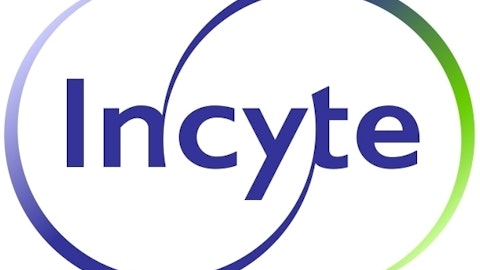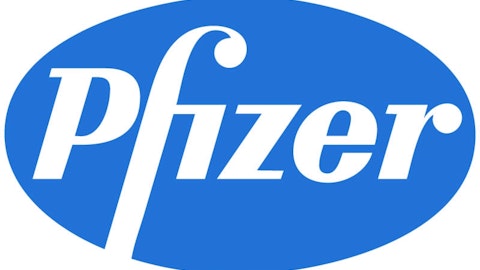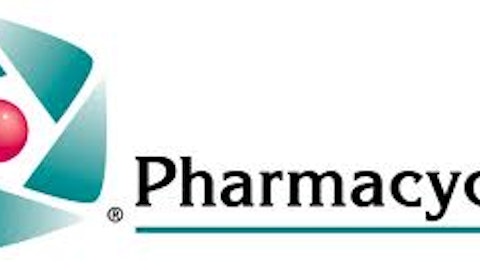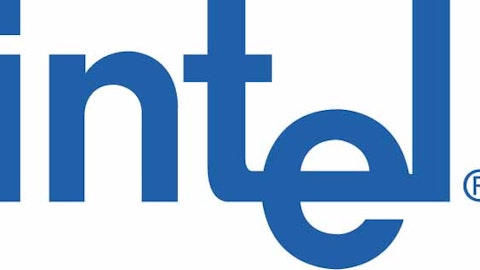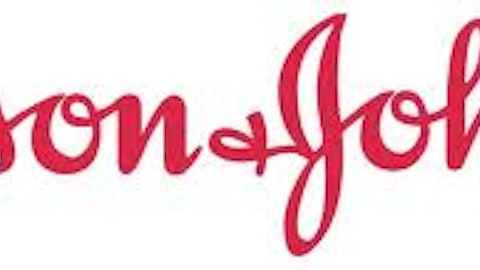Earlier this month, biotech powerhouse Celgene Corporation (NASDAQ:CELG) announced that the European Commission approved the combinational therapy of pomalidomide, known in the United States as Pomalyst, and dexamethasone for treating patients with relapsed and refractory multiple myeloma who have received at least two prior therapies. The regulatory nod may be a big deal on its own, but when combined with the two other multiple myeloma drugs developed by Celgene Corporation (NASDAQ:CELG), the magnitude of the decision can be truly appreciated. The company now offers treatment options for all stages of the disease. Just how big of a deal is that for investors?
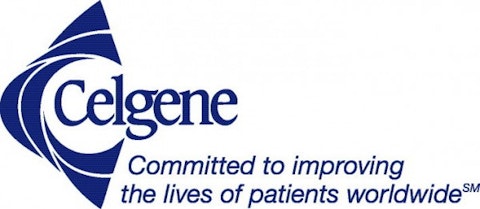
Multiple multiple myeloma treatments
What is multiple myeloma? The disease is a rare blood cancer that affects white blood cells — integral to the body’s immune system — and severely affects a patient’s ability to fight infection. Kidney problems and bone lesions can also occur. So how does Celgene Corporation (NASDAQ:CELG) help patients? Take a look at the following table that highlights each of the company’s three drugs approved for the disease, all in combination with the steroid dexamethasone.
| Drug | Approved indication | Treatment group |
|---|---|---|
| Thalomid (thalidomide) | Newly diagnosed cases (U.S. and EU) | New patients |
| Revlimid (lenalidomide) | Relapsed + refractory (U.S.) | Patients who have been treated with one prior drug |
| Pomalyst (pomalidomide) | Relapsed + refractory (U.S. and EU) | Patients who have been treated with two prior drugs |
Source: Celgene product websites.
The powerful thing about the table above is that Celgene Corporation (NASDAQ:CELG) can treat the entire spectrum, from newly diagnosed cases all the way up to late-stage cases that have not responded to or relapsed on multiple prior therapies. If that wasn’t enough, consider that Revlimid is awaiting two regulatory approvals for newly diagnosed and maintenance cases. That’s scary. Consider that Revlimid sales grew 17%, or $558 million, in 2012 compared to 2011 mostly on the heels of multiple myeloma treatments. The drug is approved for multiple indications, but its growth made up 81% of Celgene’s total year-over-year revenue growth!
You should now see the importance of multiple myeloma. This portfolio of products could allow Celgene Corporation (NASDAQ:CELG) to build a valuable rapport with doctors. Theoretically, a patient could treat his or her multiple myeloma for years using solely drugs developed by the company. That focus on patients could reward shareholders for years to come. Can Celgene keep up with the competition?
Celgene or the field?
Regulatory agencies have approved relatively few drugs to treat multiple myeloma in the last decade. Aside from Celgene’s lineup, Onyx Pharmaceuticals, Inc. (NASDAQ:ONXX) had its proteasome inhibitor Kyprolis approved in 2012. Similar to Pomalyst, Kyprolis is approved for patients who have received at least two prior therapies. However, Kyprolis got the regulatory nod based on response rate, not clinical benefit. Pomalyst and dexamethasone improved median progression-free survival by 7.7 weeks over dexamethasone alone. Nonetheless, Kyprolis can still take sales away from Celgene Corporation (NASDAQ:CELG)’s arsenal.

